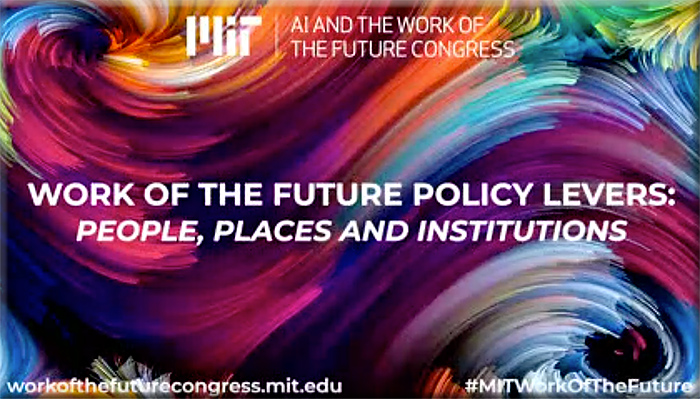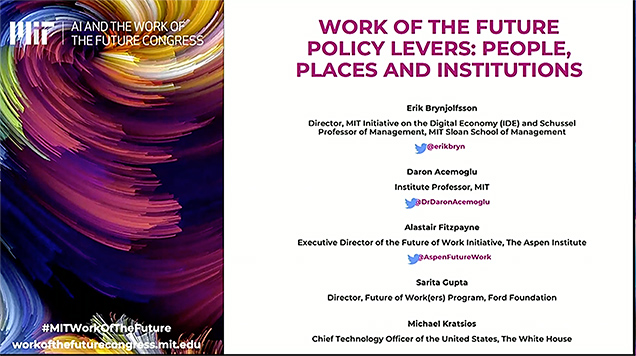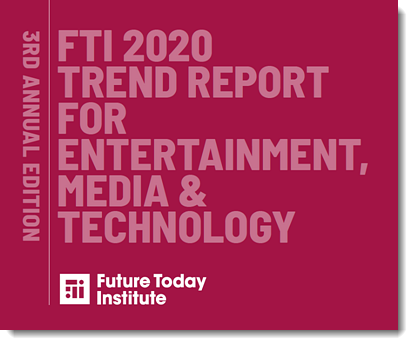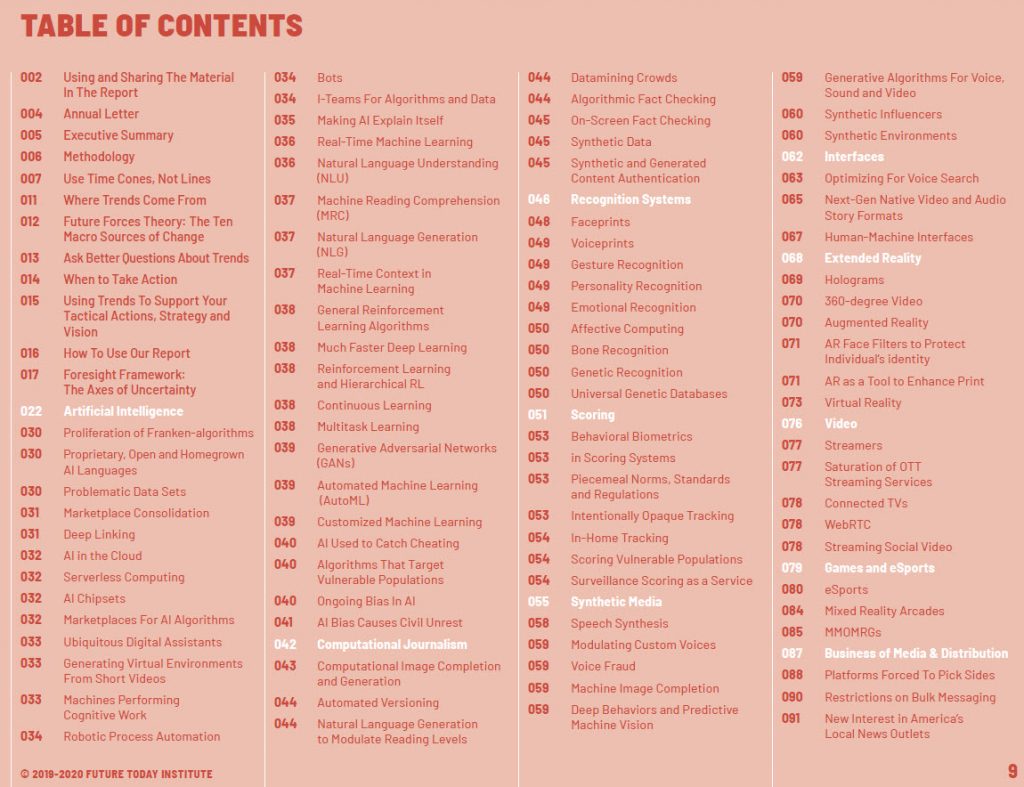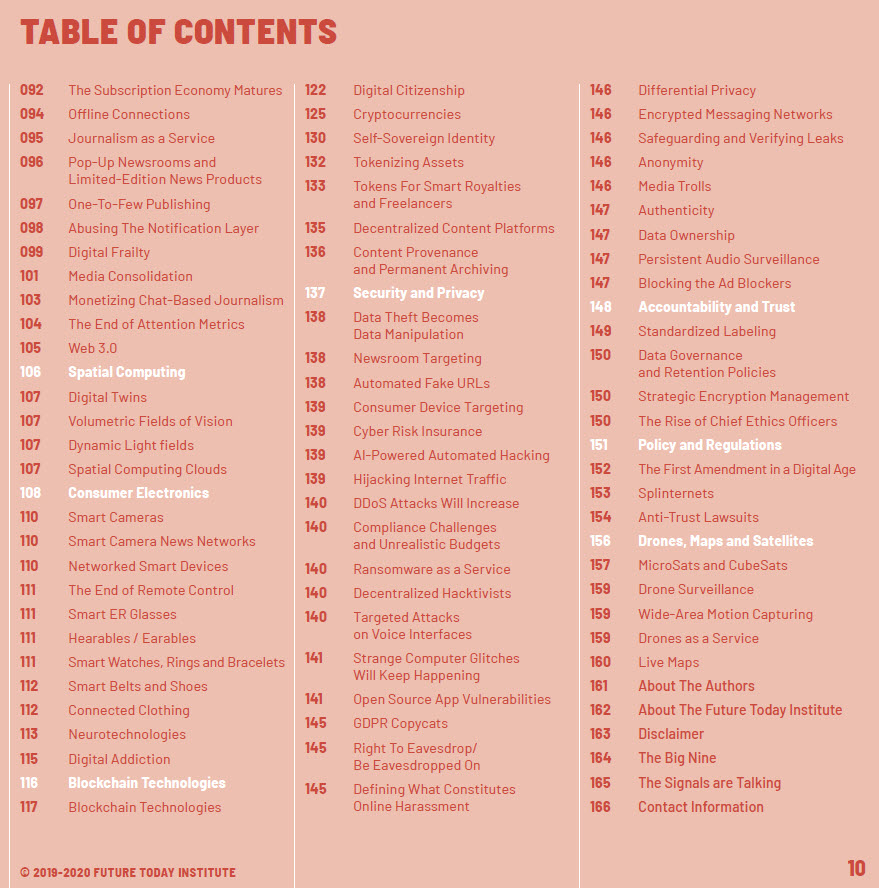Get Smart About Going Online: Choosing the Right Model to Deliver Digital Programming — from evolllution.com by Charles Kilfoye
A veteran online educator looks at the benefits and pitfalls for each of the three main ways to launch an online program.
Excerpt:
Online learning is making headlines again with big players such as University of Massachusetts and California Community College Online launching high profile online initiatives recently. Some would argue that if you haven’t made it in online education already, you’ve missed your opportunity.
However, my sense is it’s never too late. You just have to be smart about it. It all boils down to asking yourself the basic problem-solving questions of Why, What and How to determine if online education is right for your institution. To illustrate my point, I will briefly discuss major considerations you should make when exploring an online strategy and I will examine the pros and cons of the three most common models of delivering online programs in higher education today.
…
Be aware that differentiated pricing may indicate to prospective students that one format is more valuable or better than another. My personal opinion is that a degree earned online should be considered the same degree as one earned on-ground. It is the same program, same faculty, same admissions requirements, same relevance and rigor, so why not the same cost?
From DSC:
Regarding the topic of pricing, it would be my hope that we could offer online-based programs at significantly discounted prices. This is why I think it will be the larger higher education providers that ultimately win out — or a brand new player in the field that uses a next gen learning platform along with a different business model (see below article) — as they can spread their development costs over a great number of students/courses/program offerings.
If the current players in higher ed don’t find a way to do this (and some players have already figured this out and are working on delivering it), powerful alternatives will develop — especially as the public’s perspective on the value of higher education continues to decline.

I’d also like to hear Charles’ thoughts about pricing after reading Brandon’s article below:
- The Biggest Myth About College Has Just Been Busted — from forbes.com by Brandon Busteed
If it’s more expensive, it must be better. That, of course, has been the prevailing wisdom among parents and students when it comes to college. But that wisdom has now been exposed as an utter myth according to a new study published in The Journal of Consumer Affairs. It turns out the cost of a college does not predict higher alumni ratings about the quality of their education. In fact, the opposite is true: total cost of attendance predicts lower ratings.
…
Quality matters. Price does not. Quality and price are not the same things. And this all has enormous implications for the industry and its consumers.













